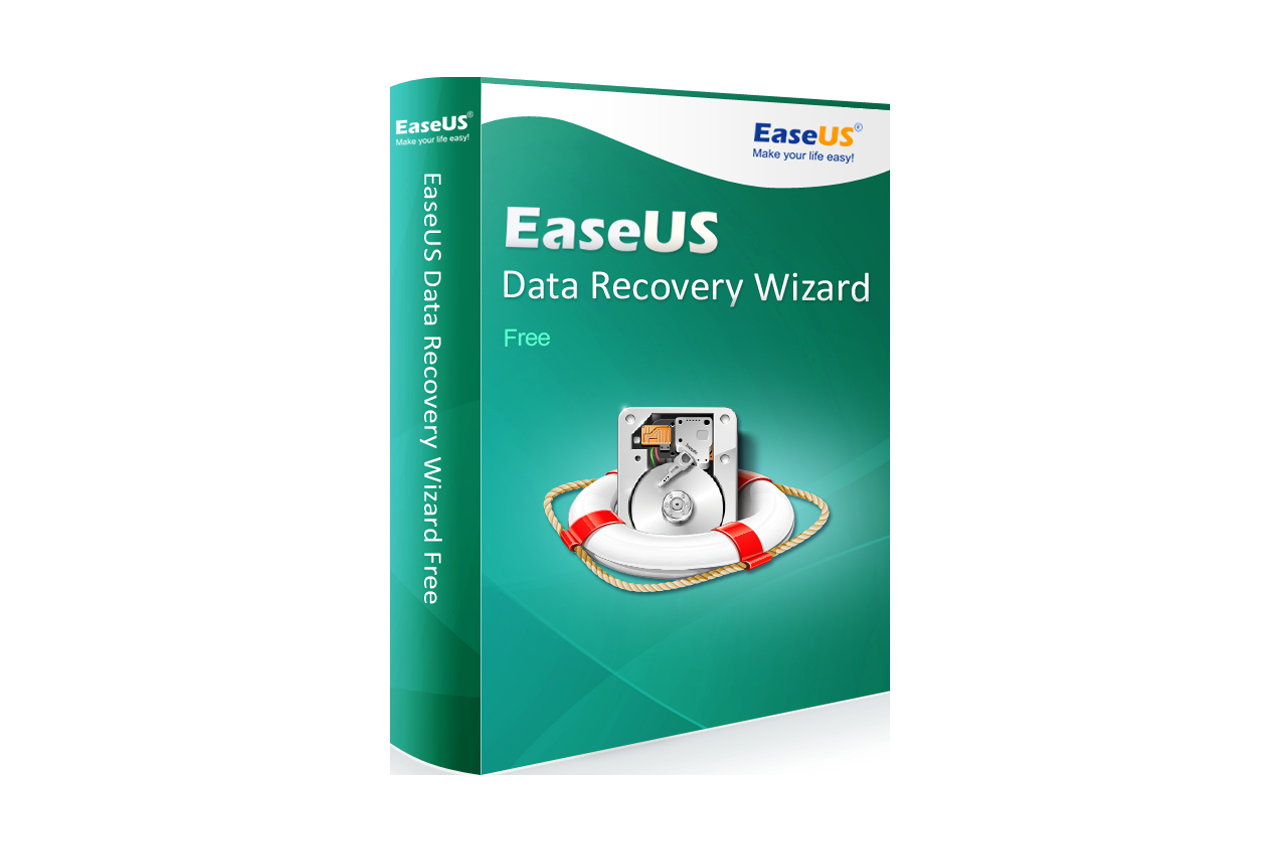Take a look at a modern, digital camera today, and you’ll probably find it uses an SD card in order to save information. These small, convenient little disks can carry a lot of information on them, and can easily transfer your information from camera to computer.
Unfortunately, SD cards also come with a drawback. They are small, fragile, and easily damaged. Forget the SD card in your pocket until you discover it in the washer, or scratch it up taking it in and out of the camera, and you may end up being unable to access your data.
Sometimes this is not a big deal, and you simply go and get another SD card. At other times, the loss of the priceless pictures or other information on that card is enough to leave you scrambling to look up SD card recovery on Google.
If you looked, you might have a bit of sticker shock. SD card recovery can cost as much as $3,000 to get your lost data back, depending on how many GB of data were stored. Even cheap options can run you $400, forcing you to make a decision between your savings and your memories.
Luckily, if the price of SD card recovery sends you running, there is another option. Free data recovery software. Instead of paying hundreds or thousands of dollars to get your lost data back, you can instead download a free data recovery software program and get your data back for free.


Comments
Post a Comment